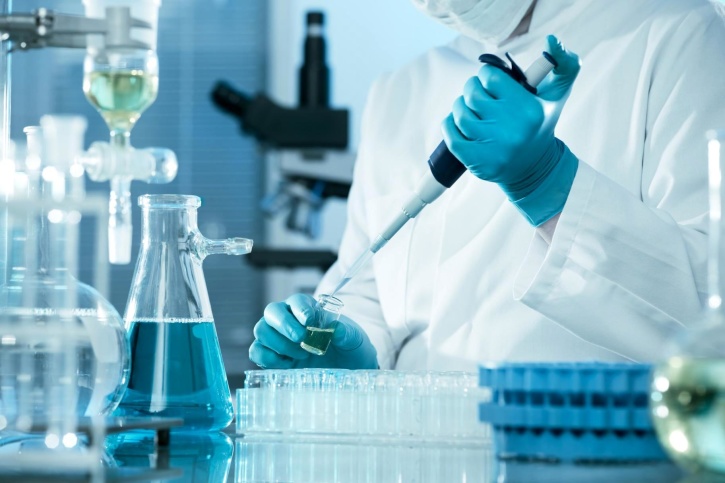Discover the monochloramine chemistry
Home - Chlorine Chemistry
Discover the monochloramine chemistry
Chlorine and Chlorine Dioxide
Chlorine/Hypochlorous acid-hypochlorite is the less effective disinfectants: highly corrosive against both metallic and plastic piping and strongly pH-dependent and regulated toxic by-products (THM) may form Chlorine dioxide is a very effective disinfectant enough to provide a good remediation but it is very aggressive on all piping materials and as a gas in solution is difficult to maintain residuals in hot water


Monochloramine effect
Monochloramine is the most effective Cl-based disinfectant and it is also the most materials respectful. It is effective at concentration of 2-3 mg/l where it can attain a 0% colonization within a few weeks of continuous application. Thanks to its stability, it is very effective in complex building plumbing system.
Monochloramine chemistry
Take a look at the chemical formulas on the side… Hypochlorous acid (the dissolved form of chlorine) and monochloramine have a similar chemical structure while chlorine dioxide is completely different. This is because the Cl atom has the same oxidation state in the first two molecules. Meaning: chlorine/hypochlorous acid and monochloramine are “sister molecules”. Why, then is the first an acid and the second acts more like a base? This is because of the different behavior of their partner atom. Oxygen is considered a hard atom, it keeps much of the electron density close to itself and this gives rise to a strong oxidizers: chlorine, depleted of electrons, tends to break the bond with oxygen looking for an electron-donor partner. Nitrogen is a soft atom and the molecule it generates – monochloramine, NH2Cl – is less oxidant compared to those of oxygen: chlorine is less prone to break the bond with nitrogen since this one tends to shares its electrons with the partner atoms

